Trees and Climate Change: How Forests Benefit the Climate
Trees and Climate Change: How Forests Benefit the Climate

The Relationship Between Trees and Carbon Dioxide
In recent years, trees have gotten a lot of attention as a top climate change solution. And while that remains true, in order for our collective climate efforts to succeed, reforestation needs to happen alongside other critical actions—such as reducing global emissions and protecting existing forests. That said, planting the right trees in the right place, at the right time, and for the right reasons, is a powerful Nature-based Solution.
So how do trees do it? Most people know they produce oxygen and absorb carbon from the atmosphere, but trees do so much more than that. Interested to learn more about the relationship between trees and the climate? Keep reading to find out!
How Trees Impact the Climate
Healthy forests play a critical role in regulating our planetary systems — and have a measurable and observable affect on the climate and atmosphere. Here are just a few: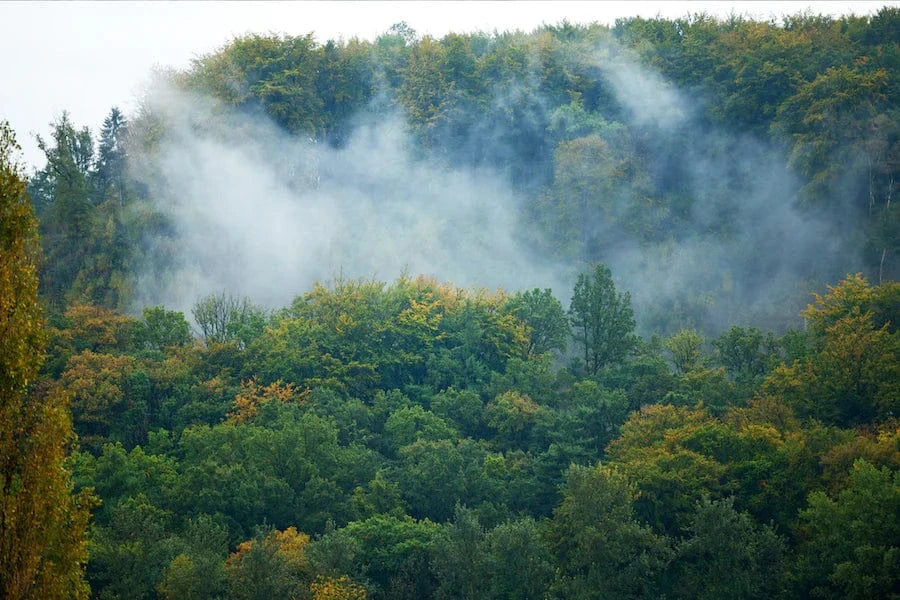
Trees Absorb Carbon
Forests combat climate change by absorbing carbon dioxide from the atmosphere and storing it in their biomass. According to World Resource Institute's Global Forest Review, the world’s existing forests absorb a net 7.6 billion metric tons of carbon from the atmosphere each year — equivalent to about 30% of what is emitted every year. 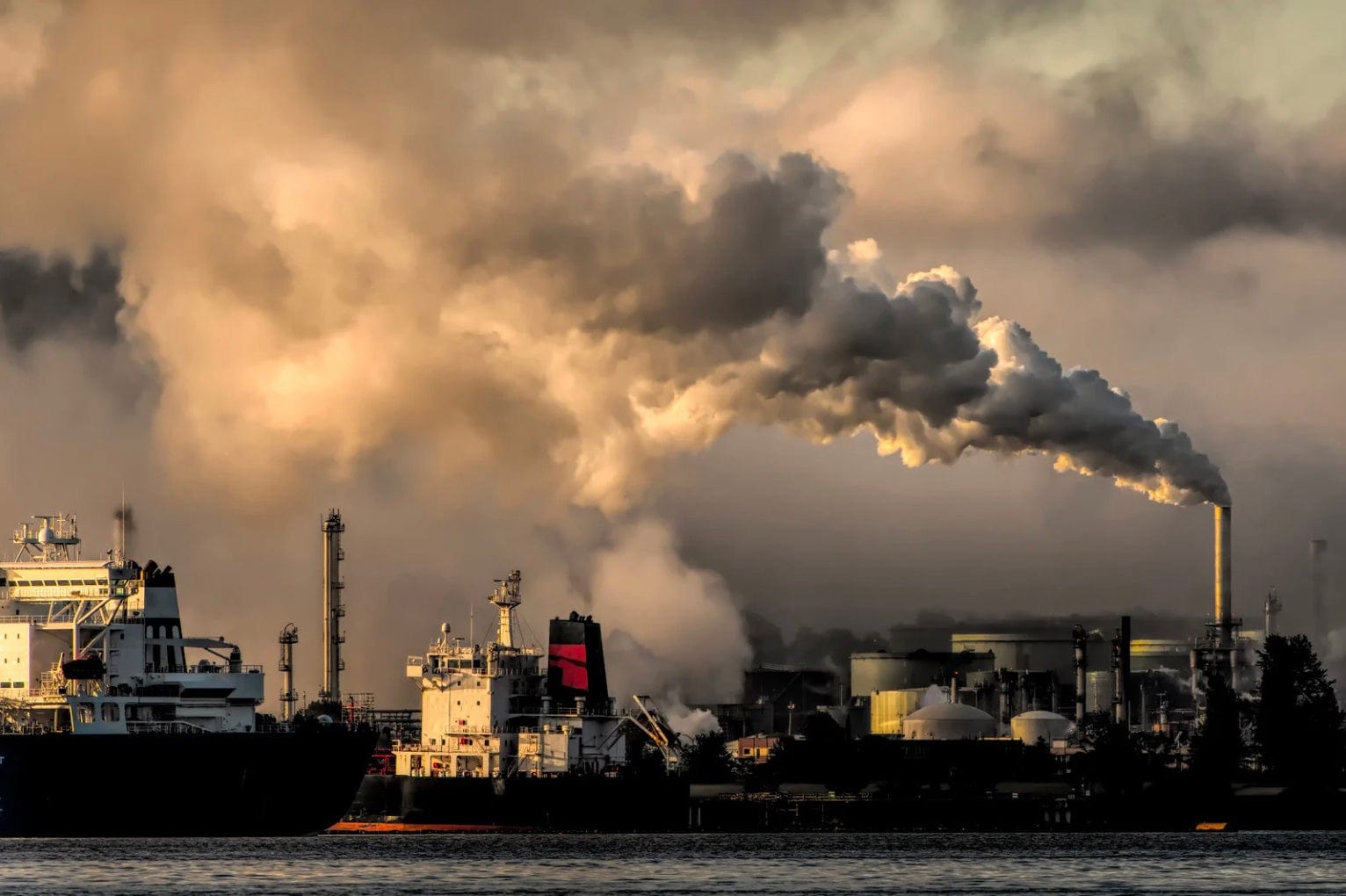
And Other Gaseous Pollutants
Trees remove many other harmful airborne pollutants that are associated with climate change. These include gaseous pollutants (gaseous molecules in the air) such as sulfur dioxide, nitrogen dioxide, carbon monoxide, and ozone, as well as particulate matter (a mixture of solid particle and liquid droplets in the air) like soot, smoke, dust, and organic chemicals. 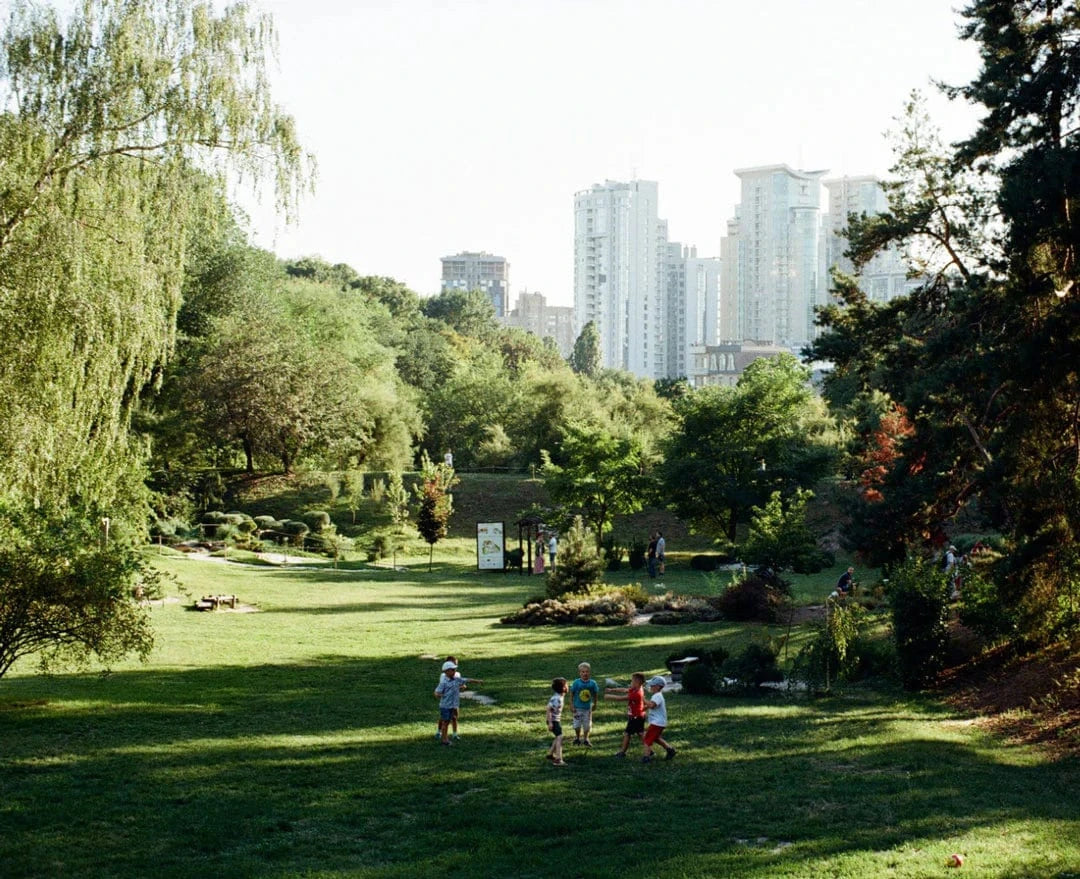
Trees regulate temperatures
Trees and forests regulate temperatures in urban and rural landscapes. This reduces the amount of energy that’s needed to maintain safe indoor temperatures. Studies show that temperatures in urban areas can vary by 12-18°F between neighborhoods—and much of that variation can be attributed to differences in tree cover and green space. 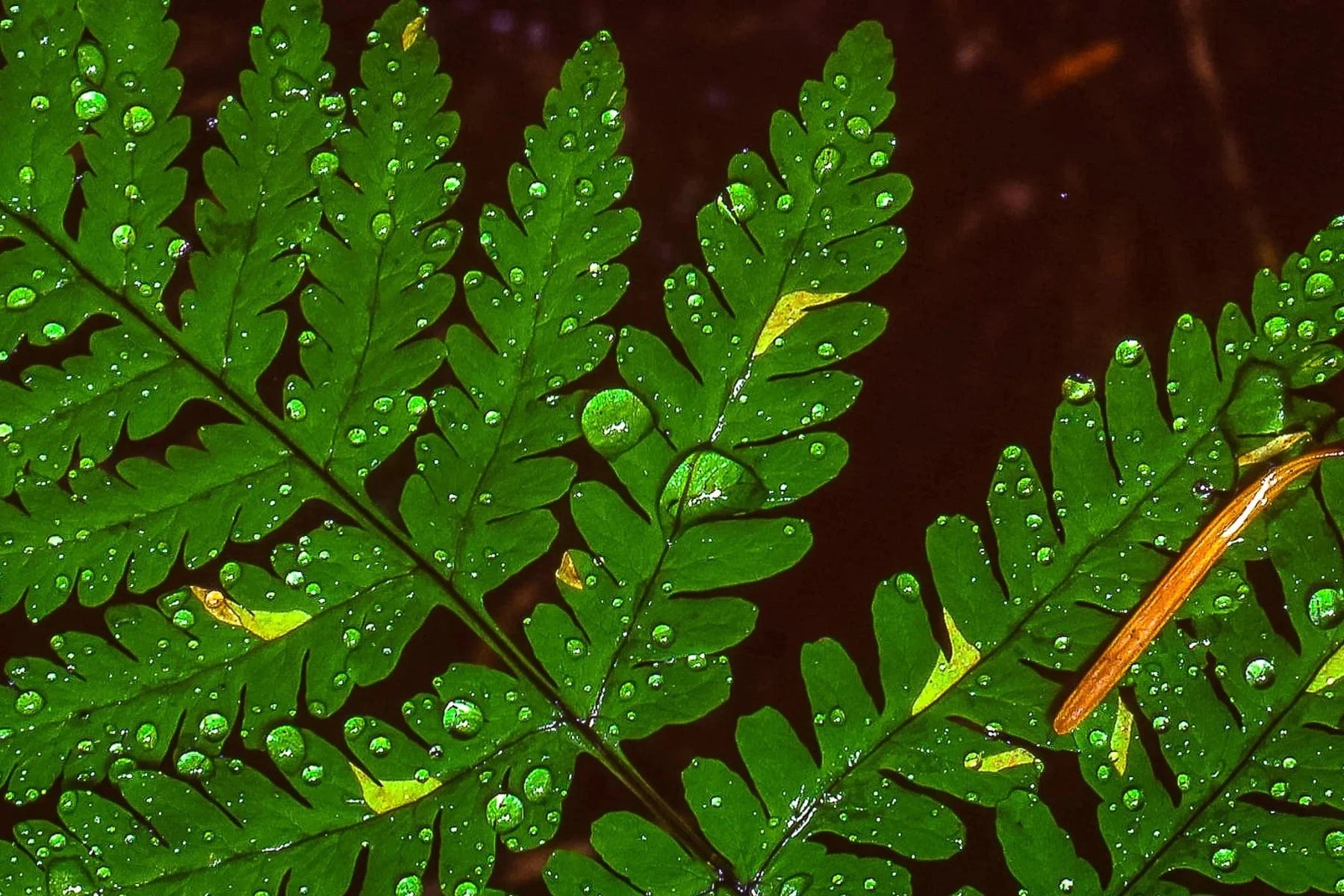
Trees and Vegetation Absorb Stormwater
Healthy forests absorb rainwater and slow its movement, reducing flooding—and protecting soil integrity and water quality. Approximately 44% of the carbon that forests store is stored in the first meter of forest soils—making soil conservation a critical benefit of forests. Their ability to absorb and slow rainwater also helps increase the climate change resilience of forests, related ecosystems, and nearby communities. 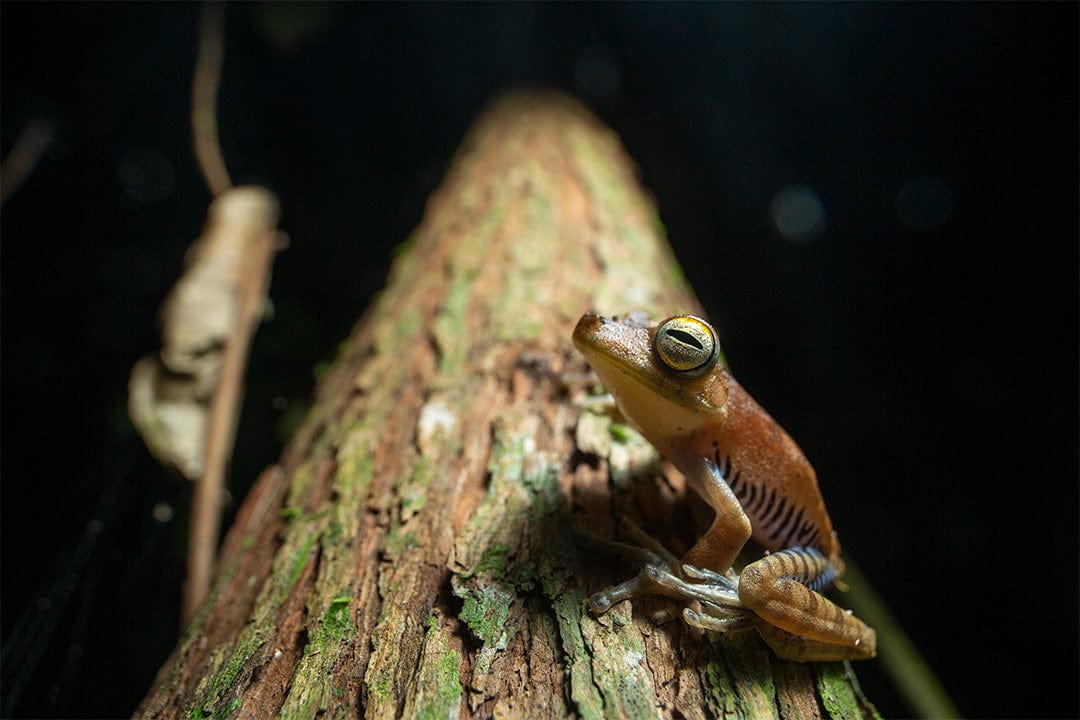
Trees Protect Biodiversity
Forests contain 60,000 tree species, 80% of amphibian species, 75% of bird species, and 68% of the world's mammal species. Protecting and restoring biodiversity across all ecosystem types is critical in the fight against climate change.
Combined, land and ocean ecosystems absorb around half of all greenhouse gases emitted through human activities. Biodiversity and climate profoundly impact each other — and protecting biodiversity is a critical part of the climate fight.
For all of the climate benefits that trees provide, the relationship between trees and climate is more complex than you might think. Because trees store carbon in their biomass, they also release it when they die and decompose naturally, get cut down, when they burn an a forest fire, and more. They also naturally emit carbon during their life cycle — about half of what they absorb.
Conclusion
All of this underscores how critical it is to conserve existing forests, so they may live out their life span—not have it cut short by deforestation, natural disasters, changing climate conditions, and more. But while reforestation alone won't solve the climate crisis, it's still an important part of the solution.




















































